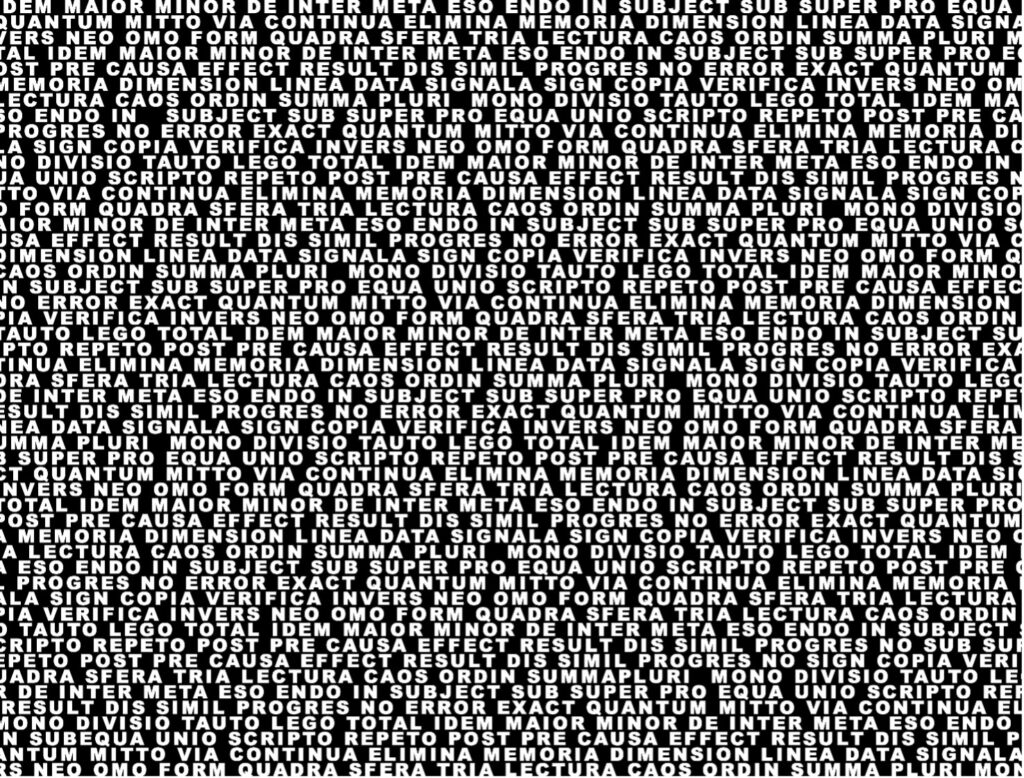The ideographic code “Eurographia,” developed by Gualtiero and Roberto Carraro in the 1980s, was based on interlinguistic terms, and associated universal ideograms with universally used Indo-European archetypal terms derived from Latin and Greek, and thus found in all European languages, especially in science and academia. Comparing the vocabularies of major European languages, one realizes that there are a great many terms that are extremely similar (hydro, geo, pluri, mono…) because they are derived from the common classical roots of European culture. In the world of technology these terms are often used to identify products or companies.

Eurographia, 1988
This dictionary of interlinguistic terms was then associated with ideograms. By combining the common roots of European languages with universally understandable icons, a potentially international communicative code, at once phonetic and ideographic, called “Eurographia,” was thus born. In this list of labeled universal images, or rather of interlingual ideograms, we might find a preliminary representation of the functioning of artificial intelligence described by the so-called “Platonic Hypothesis.”


